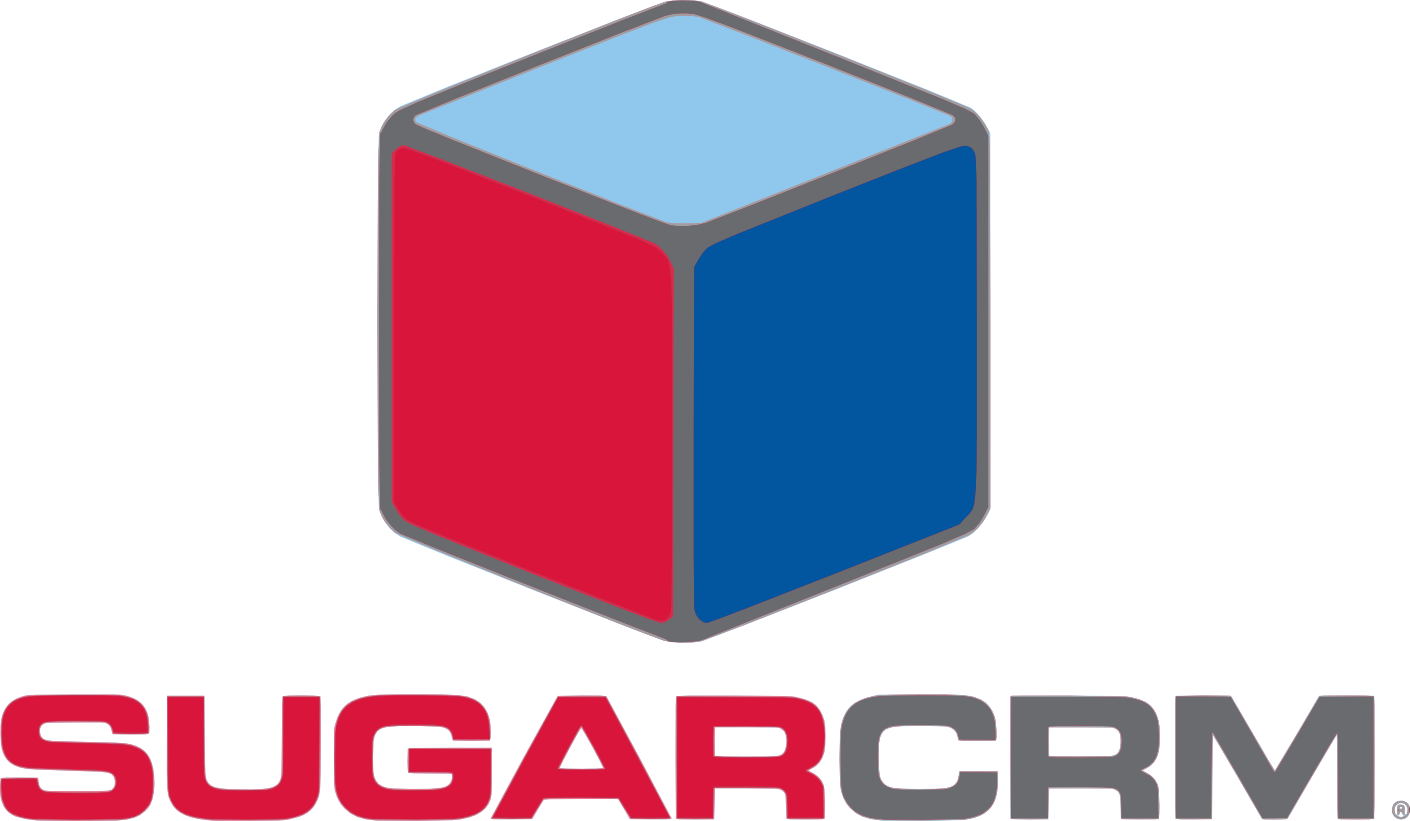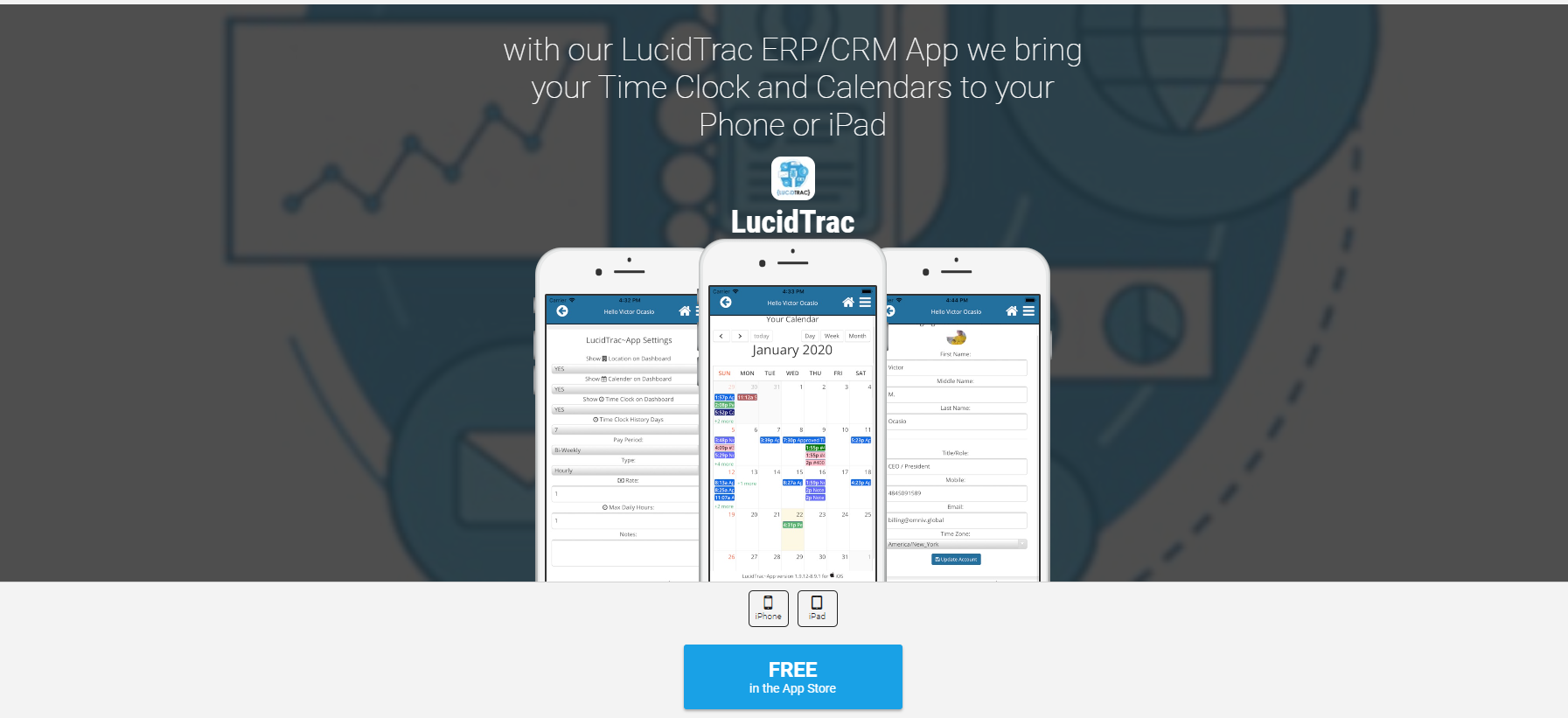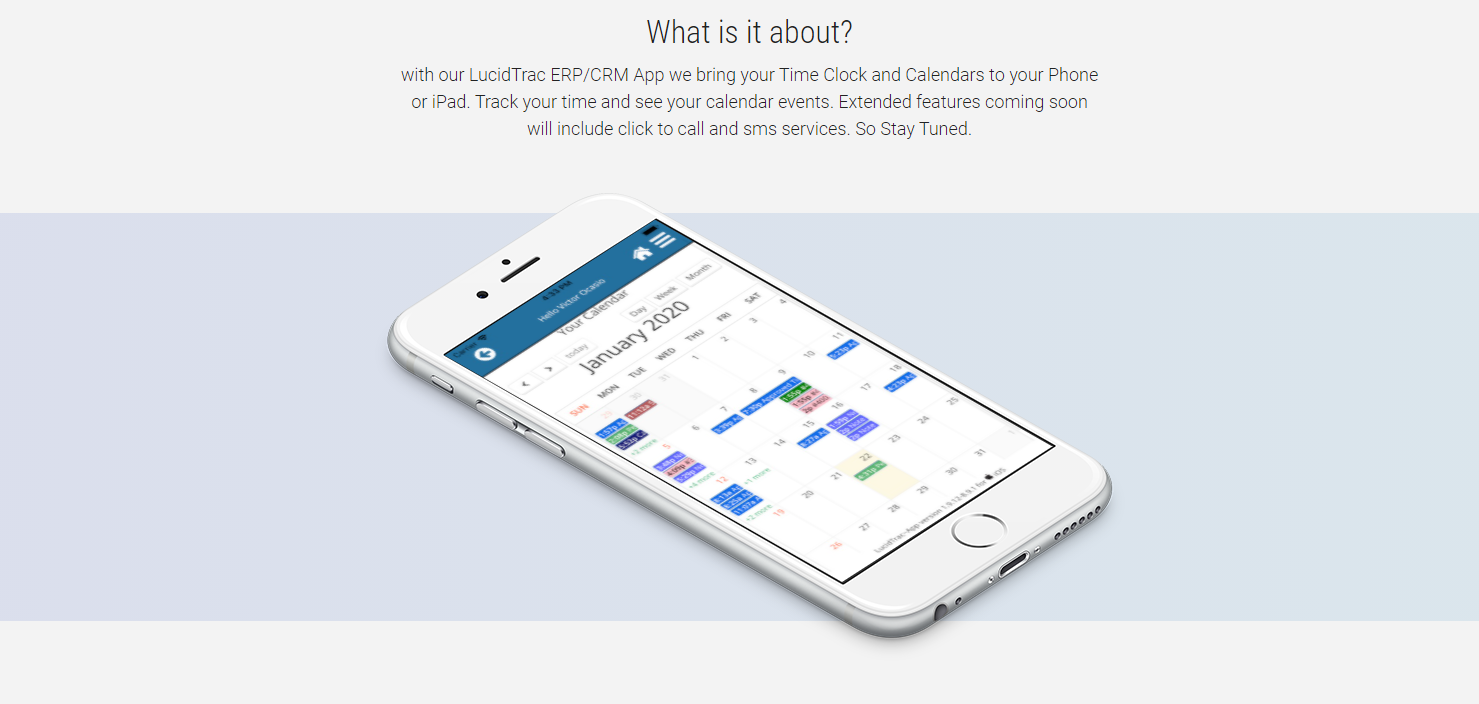Contingency Planning: Why it's important and who should have it
Contingency planning, also known as disaster recovery planning, is a crucial component of any business. It involves identifying potential risks and developing strategies to minimize the impact of these risks on the business. The purpose of contingency planning is to enable businesses to quickly recover from disruptive events and resume normal operations. In this blog post, we'll discuss why contingency planning is important and which parts of the company should have it in place.
Why is Contingency Planning Important?
Contingency planning is essential for businesses to minimize the impact of disruptions caused by natural disasters, cyber attacks, and other unexpected events. The following are some of our reasons why we think contingency planning is important:
-
Minimizes Downtime:
Contingency planning can help businesses quickly recover from a disruption, minimizing downtime and enabling them to resume normal operations as soon as possible. -
Reduces Costs:
Contingency planning can help businesses minimize the costs associated with a disruption, such as lost revenue, increased expenses, and damage to property. -
Protects Reputation:
Contingency planning can help businesses protect their reputation by minimizing the impact of a disruption on their customers and stakeholders.
Which Parts of the Company Should Have Contingency Planning in Place?
- Information Technology:
Information technology is a critical part of any business, and disruptions to IT systems can have a significant impact on operations. IT contingency planning should include backup and recovery strategies, data protection, and cybersecurity measures.
- Sales and Marketing:
If a company's website or e-commerce platform is down due to a cyber attack, it can prevent customers from placing orders or accessing important information. This can affect the sales and marketing department's ability to generate revenue and communicate with customers.
- Finance:
If a company's financial data is compromised due to a cyber attack, it can lead to financial losses or regulatory penalties. This can affect the finance department's ability to manage budgets and make financial decisions.
- Sales and Marketing:
- Human Resources:
Human resources are responsible for managing employee safety, well-being, and communication during a crisis. HR contingency planning should include plans for communication, employee safety, and recovery of critical HR systems.
- Legal:
If a natural disaster or other crisis prevents employees from coming into work, it can impact the legal department's ability to meet legal deadlines or respond to legal inquiries. This can affect the company's legal compliance and reputation.
- Operations:
If employees are unable to come into work due to a crisis, it can impact the operations department's ability to deliver products or services to customers. This can affect the company's revenue and customer satisfaction.
- Legal:
- Operations:
Operations are responsible for delivering products and services to customers. Operational contingency planning should include plans for supply chain disruptions, manufacturing disruptions, and customer communication.
- Procurement:
If a crisis disrupts the supply chain, it can impact the procurement department's ability to acquire raw materials or goods. This can affect the company's ability to manufacture products and deliver them to customers.
- Customer Service:
If a crisis disrupts operations, it can impact the customer service department's ability to respond to customer inquiries or complaints. This can affect the company's reputation and customer satisfaction.
- Procurement:
In conclusion,
Contingency planning is critical for businesses to minimize the impact of disruptions caused by natural disasters, cyber attacks, and other unexpected events. IT, HR, and operations are just a few of the areas of a company that should have contingency planning in place. By preparing for potential risks, businesses can recover quickly and continue to provide products and services to their customers.
At LucidTrac, we understand the importance of contingency planning for businesses. That's why we offer a cloud-based ERP software solution that is designed to help companies prepare for unexpected events. Our software allows businesses to automate and streamline their operations, which can improve their ability to respond to disruptions. Our solution provides real-time visibility into business processes, enabling businesses to make informed decisions quickly. With LucidTrac, companies can access their critical data and processes from anywhere, at any time, which is particularly important during times of crisis. We are committed to providing a robust and reliable software solution that helps businesses stay operational during disruptions, ensuring that they can continue to provide products and services to their customers.
Share this Blog Post: https://lcdtrc.link/m1mqp97
In Case you Missed It - Seach by Tags!

Visit our YouTube channel at https://youtube.com for help and videos about the #LucidTrac Platform.

Introducing the #softwareKing Motivational Mobile App Section: Unleash Your Self Motivational Power
At LucidTrac ERP, we are proud to announce the launch of an exciting new section within our Mobile App: #softwareKing. Designed to inspire, empower, and uplift, #softwareKing brings you an exclusive collection of Daily Motivational Videos, curated to fuel your ambition and drive your success.
With the #softwareKing section, we believe that motivation knows no bounds. That's why we have made these inspirational videos accessible to everyone, without the need for an account or any subscription fees. Simply download our app, and immerse yourself in a world of powerful messages and transformative insights.
Compare LucidTrac to other online platforms
To help you get a better understanding of your needs by comparing LucidTrac to other online ERP / SaaS platforms.
LucidTrac offers a comprehensive solution to streamline all of your business operations.
With its fully customizable features, LucidTrac allows you to tailor the platform to meet the specific needs of your business.

Compare LucidTrac to
Zoho CRM

Compare LucidTrac to
Zendesk CRM

Compare LucidTrac to
Freshdesk CRM

Compare LucidTrac to
Salesforce CRM

Compare LucidTrac to
Monday CRM

Compare LucidTrac to
HubSpot CRM

Compare LucidTrac to
Keap CRM

Compare LucidTrac to
Sugar CRM

Compare LucidTrac to
SherpaDesk CRM
| Comparing Feature | LucidTrac | Zoho CRM | Zendesk CRM | Freshdesk CRM | Salesforce CRM | Monday CRM | HubSpot CRM | Keap CRM | Sugar CRM | SherpaDesk CRM |
| Price | $300 Unlimited Users | $49 Avg/Per User | $149 Avg/Per User | $109 Avg/Per User | $125 Avg/Per User | $99 Avg/Per User | $99 Avg/Per User | $49 Avg/Per User | $45 Avg/Per User | $49 Avg/Per User |
| Free Trial | Yes | Yes | Yes | Yes | Yes | Yes | Yes | Yes | Yes | Yes |
| Support 24/7 | Yes | Yes | No | No | No | No | No | No | No | No |
| Developer API | Yes | Yes | No | Yes | No | No | No | No | No | Yes |
| Dashboards | Yes | Yes | No | Yes | No | Yes | No | No | Yes | No |
| To-Dos | Yes | Yes | No | Yes | No | Yes | No | No | Yes | Yes |
| Products & Assets | Yes | Yes | No | Yes | No | Yes | No | No | Yes | Yes |
| User Roles | Yes | Yes | No | Yes | No | Yes | No | No | Yes | No |
| 2FA (Two-Factor Authentication) | Yes | Yes | No | Yes | No | Yes | No | No | Yes | No |
| Multi Method Importing | Yes | Yes | No | No | No | Yes | No | No | No | No |
| Documents & Templates | Yes | No | No | No | No | No | No | No | No | No |
| iOS/Android Apps | Yes | Yes | No | No | No | No | No | No | No | Yes |
| Statistics & Reporting | Yes | Yes | No | Yes | No | No | No | No | No | Yes |
| Storage | 500G Base Node | 1G | 1G | 1G | 1G | 1G | 1G | 1G | 1G | - |
| Monthly Payments | Yes | Yes | No | Yes | No | No | No | No | No | Yes |
| Campaigns | Yes | Yes | No | Yes | No | No | No | No | No | No |
| Exporting Services | Yes | Yes | Yes | Yes | No | No | Yes | No | Yes | No |
| Emailing | Yes | Yes | No | Yes | No | No | No | No | No | No |
| SMS Inbound/Outbound | Yes | Yes | No | Yes | No | No | No | No | No | No |
| Voice Calling Inbound/Outbound | Yes | Yes | No | Yes | No | No | No | No | No | No |
| IVR Services | Yes | Yes | No | Yes | No | No | No | No | No | No |
| Google Calendar/Authentication | Yes | Yes | No | Yes | No | No | No | No | No | No |
| Service Tickets / Time Tracking | Yes | Yes | No | Yes | No | No | No | No | No | Yes |
| Email to Service Ticket Services | Yes | Yes | yes | Yes | No | No | No | No | No | Yes |
| Time Clock / Payroll Exporting | Yes | No | No | No | No | No | No | No | No | No |
| Networking / IP & Host Management | Yes | No | No | No | No | No | No | No | No | No |
| Web Forms / Landing Pages | Yes | Yes | No | Yes | No | No | Yes | No | No | No |
| Invoice/Payment Collections Tools | Yes | No | No | No | No | No | No | No | No | No |
| Customized Programming | Yes | No | No | No | No | No | No | No | No | No |

Mr. Kevin Johnson
BlueSpruce Consulting Services, LLC.

Mr. Craig Stonaha
CEO Laughing Rock Technologies, LLC.
John Adams
President/CEO - RDI

Dennis Canlas
USCR
Brian Gomez
Gomez Check Cashing

Mr. Michael Graziano
Prime Time Mortgage Corp.

Mr. Nicholas Tannous
NWT Enterprises Ltd - San Juan, Trinidad and Tobago

Mrs. Cynthia Garrett
Berks ENT - Reading PA






